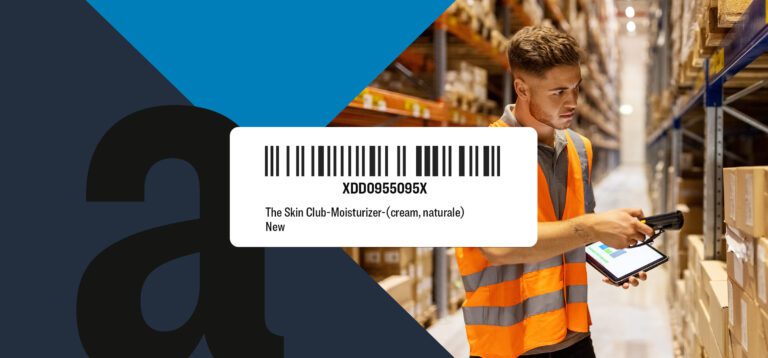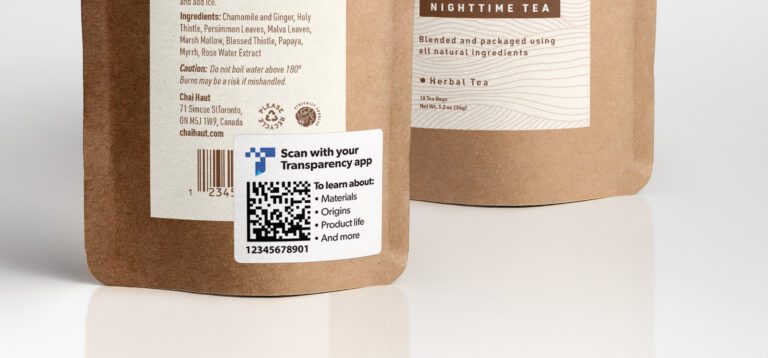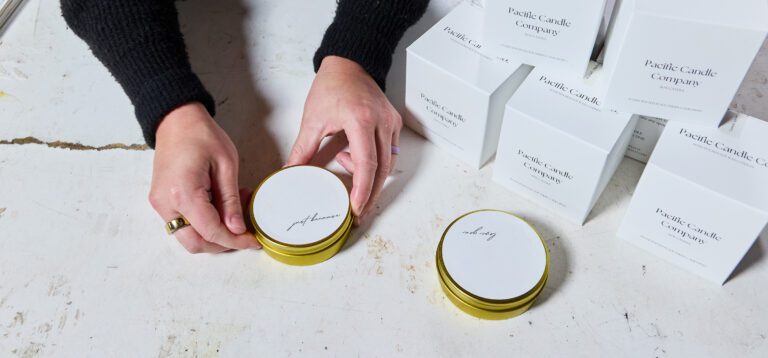
Waterproof vs. Water-Resistant Labels
Estimated reading time: 4 minutes
What is the right material for your products?
More articles you might like:
When it comes to labels, not all water protection is the same. If your products or packaging are exposed to moisture, spills, or the elements, choosing between waterproof and water-resistant labels can make a big difference in how they hold up. But what exactly sets them apart?
A water-resistant label can handle light exposure to water, like the occasional splash or condensation. But if you need something that can withstand full submersion, heavy moisture, or repeated exposure to liquids, a waterproof label is the way to go. The right choice depends on how and where your labels will be used—whether it’s a beverage bottle, a beauty product, or an outdoor package.
In this article, we’ll break down the key differences between waterproof and water-resistant labels, what materials they’re made from, and how to choose the best option for your needs.
How Avery tests water-resistant and waterproof labels
Avery labels go through rigorous testing to ensure they perform as promised. Our research and development team examines over 100 factors, including water, oil, and fade resistance, as well as durability against tearing and abrasion.
Surface energy and adhesion
Labels don’t just need to resist water—they need to stick and stay. That’s why we test them on both High Surface Energy (HSE) and Low Surface Energy (LSE) materials.
HSE materials (easier adhesion): Stainless steel, copper, tin, aluminum, glass, and PET plastic.
LSE materials (more challenging adhesion): Polypropylene, polyethylene, PVC, acrylic, and PTFE fluoropolymer.
Avery labels are specifically tested on stainless steel (HSE) and HDPE plastic (LSE) to ensure they perform well across different surfaces.
Water-resistant labels
Water-resistant labels are perfect for products that may get splashed, rinsed, or wiped down but won’t be fully submerged.
How they’re tested
Avery water-resistant labels follow IP44 IEC standards, which test a product’s resistance to water exposure. We print labels on both HSE and LSE surfaces, spray them with water, and vigorously rub them 10+ times with a cotton swab. If the ink doesn’t smear or bleed, the label passes the test.
Best uses for water-resistant labels
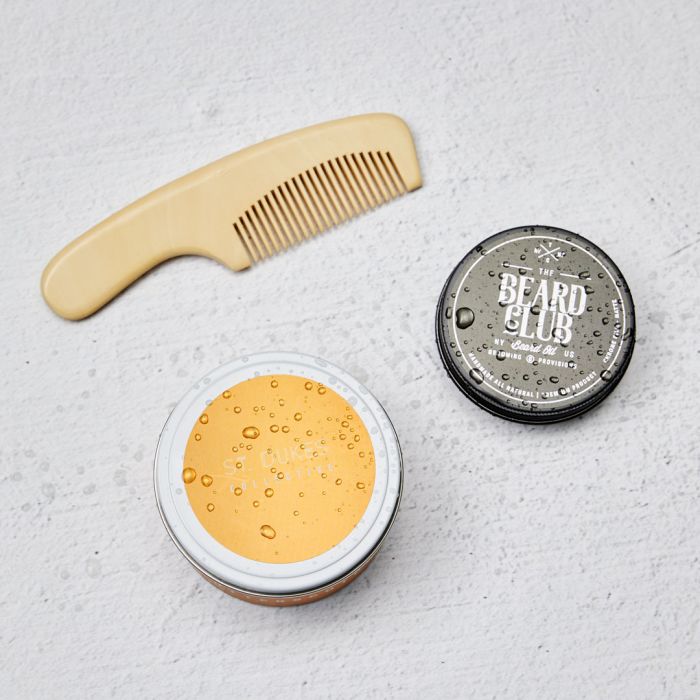
Standard refrigeration & freezing
Health & beauty products (lotions, shampoos, cosmetics)
Food packaging (not submerged in ice or water)
Beverage bottles & jars (light moisture exposure)
Waterproof labels
Waterproof labels are designed for full submersion in water, ice, or extreme environments.
How they’re tested
Avery waterproof labels meet ISO 6425 standards, originally developed for underwater diving watches. To ensure durability, we:
- Fully submerge labeled products in water for at least seven days.
- Remove the label and vigorously rub it 10+ times with a cotton swab.
- Check for ink smudging, peeling, or adhesion failure.
Best uses for waterproof labels
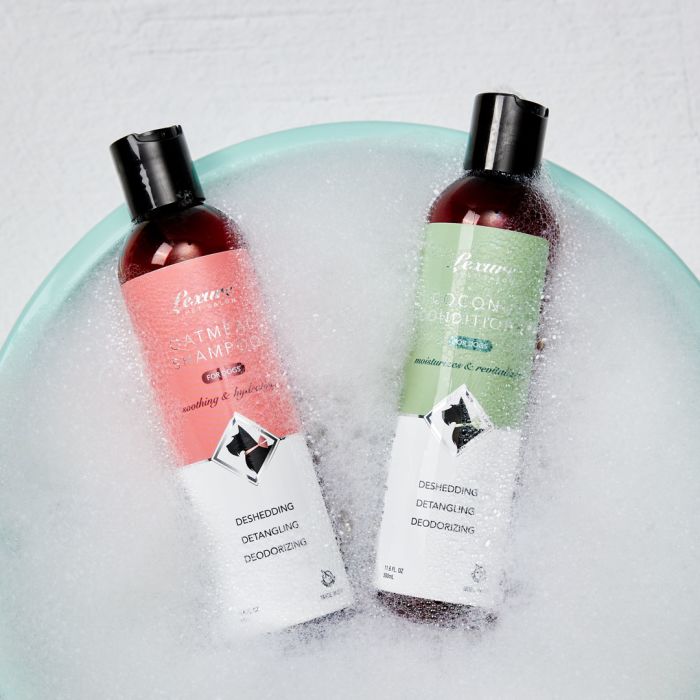
Extreme environments (heat, cold, humidity)
Products stored in ice or water (beverages, chilled foods)
Bath & body items (soaps, shower gels, lotions)
Outdoor products (gardening supplies, tools, sports gear)
Final thoughts
Choosing between waterproof and water-resistant labels depends on how much exposure to water your product will face. If it’s just light moisture or splashes, water-resistant labels will do the job. But for anything that needs to withstand submersion, ice, or extreme conditions, waterproof labels are the way to go.
By understanding these differences, you can ensure your labels look great, stay put, and stand up to whatever comes their way.
If you have any questions or need any help on the difference between waterproof vs. water-resistant labels, reach out to our helpful Customer Care team at (800) 942-8379.


